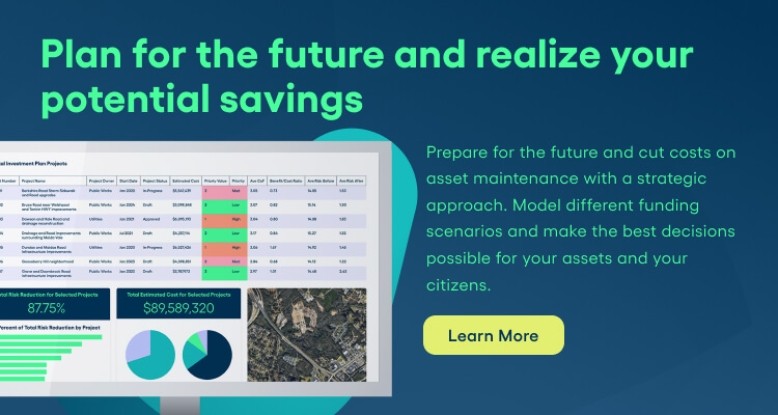Exponential Technologies You Should Be Aware of for The Future

The 4th Industrial Revolution or Industry 4.0 is ushering a whole new array of technologies that are working into our personal lives, as well as our professional ones.
Not just in the world of manufacturing, but across industry, as well.
New technology is becoming more available, accessible, cheaper and more integrated into our daily lives. Look at all the wearables (Apple Watches, Fitbits, etc.) that many of us rely on for information on our health, communication and more.
So, let’s take a look at how the technology of today is influencing our future capabilities through exponential technologies and their ability to make our work more efficient.
What are exponential technologies?
By definition, an exponential technology is one that doubles in capability or performance over a short period of time. These types of technology represent innovative ways to work and operate.
A good past example is transportation. Humans could only travel at the speed of a horse for many millennia, approximately 35 mph. Once humans created mechanized travel (trains, cars, airplanes – all the way to rockets), now humans can travel at speeds up to 17,500 mph! That’s an exponential technology.
What types of technologies are in our future?
There are several technologies that are coming up in the world of maintenance and operations that are very exciting to imagine adapting within our day-to-day work.
Industrial Internet of Things (IIoT)
We’ve talked a lot about the Internet of Things (IoT) and the Industrial Internet of Things (IIoT), but it’s all about connecting devices, assets and people to each other to cut down time and increase intelligence without human interaction.
This type of interconnected technology can help you know what’s happening within your equipment and assets before you physically take a reading.
Artificial Intelligence (AI)
Artificial intelligence is expanding what we can do through machine learning. With the more advanced analytics coming out of today and tomorrow’s systems, you can make better decisions operationally that are based in data. A good example is auto-trigger part reorder points that use big data to calculate hyper-accurate failure thresholds. This can keep your inventory stocked for exactly what you need.
This type of intelligence can also help you establish more true predictive maintenance in your facility.

Interface of Things
The interface of things includes tools like:
-
Virtual reality
-
Augmented reality
-
Assisted reality
-
Wearables
-
Gesture recognition
Although these technologies may not be impacting your operations today, they will change the way you do maintenance in the future.
See more of what these technologies look like in this blog.
A good example is remote mentorship – the ability for an expert technician to assist a lesser-experienced teammate remotely. Imagine wearing an assisted reality device on your hard hat that has a small monitor in eye view, as well as a camera and microphone. While wearing this device, you can work on an asset that you don’t know much about with the instructions and guidance of your boss back at her desk, coaching you through what to do and even providing visuals on your screen. Real-time and hands free. This will help manufacturers as the experts continue to age and the next generation needs mentorship.
3D Printing
What if you could create any part or inventory piece that you needed, right on site?
That may be possible soon with 3D printing technology. This technology could be a good way for operations professionals to have the parts they need to fix assets and avoid stockouts – right at their fingertips, without having to wait for them to be shipped or pay extra fees.
How to get started
Although these technologies are fun to talk and dream about, you might be wondering where you can get started today to prepare for the exponential technologies of tomorrow?
We like to suggest a see, think and do approach.
-
See – Changes are coming, so it’s important that you, your team and leadership recognize that you will need to be flexible with your processes and open to more efficient ways to do things. Pay attention to your technology vendors and rely on them for information of what you should try and when.
-
Think – Think through what changes might be good for your operations in the light of new technologies. Do some research and planning and use your resources internally and externally to embrace the change.
-
Do – Think big but start small. Watch the technology trends to see what might work for your maintenance and operations, so you can find opportunities to put some into action and see the results.
It’s an exciting time to be in our industry, and we look forward to embracing these new technologies alongside you!
Listen to our recent podcast on exponential technologies.




